The content of the article
A person encounters dust every day. After cleaning the house many people have watery eyes and want to sneeze. So allergic to dust. This is the most common type. Very often, because of it, there are various diseases, which are not easy to cope with. Therefore, it is necessary to completely get rid of allergic manifestations. The article will discuss what is the causative agent of allergies, what are its symptoms and methods of dealing with it, how to carry out prevention.
Why an allergic reaction to dust occurs
Many suffer from allergies. It arises because of the dirty environment, the use in the domestic sphere of poor-quality household materials, food dyes. Often the cause is some medications.Climatic conditions, genetic predisposition, diet and much more - all this affects the formation of an allergic reaction.
There are the following causes of an allergic reaction to household dust:
Genetic heredity. If one of the parents suffers from such an allergy, then the probability that it will manifest itself in the child is 30%. The presence of both parents, this percentage increases to 60%;
Household appliances and stuff. A huge amount of dust accumulates on interior items for a day, it is simply impossible to completely get rid of it. This is an irritant, resulting in allergies;
Weakened immunity. The reason may be unhealthy diet, bad habits and lack of vitamins in the diet.
In the event of allergic manifestations to dust, it is necessary to establish its source. After identifying this substance or organism that triggers reactions in the human body, the correct treatment is established.
The most important allergen is considered a micro-mite, which is simply impossible to examine. They call it bed, it feeds on dead human cells.Ticks do not bite, do not cause harm, but only contribute to the appearance of allergies.
The causes of dust allergy are many. By itself, it is already an irritant to the human body. Dust consists of many pieces of waste that a person inhales with the air. Allergy to household dust occurs in those places where there is a huge number of books, soft toys. Almost all the objects in the house accumulate dust, so the cause of allergy can be anything.
Symptoms of household dust allergies
In each person, the symptoms of allergies may differ from each other. All of them are clearly expressed and extremely unpleasant. The main ones are:
Rhinitis. The most common symptom, previously called "hay fever." The disease is not serious, but it gives a lot of inconvenience. Manifested in the form of sneezing, clear discharge from the nasal cavity, headache and lacrimation.
Recognizing rhinitis is easy: first it begins to tickle in the nose, then smoothly turn into a long sneeze. If time does not begin treatment, it can develop into asthma.The reaction to dust can appear immediately, and maybe later, after a few hours.
Conjunctivitis. No less common symptom that occurs in 15% of the population. The squirrels turn red, the eyes water, there is a burning sensation and itching, the eyelids swell over time. Items seem blurry, inaccurate. Conjunctivitis may result in an aggravation - a lesion of the cornea.
Asthma. The most severe allergic reaction to household dust. When an irritant gets into the respiratory tract of a person, the immune system begins to struggle with the irritant. Muscles contract, coughing attacks begin. The respiratory tract is filled with mucus, inflamed. A person begins to breathe more quickly, with difficulty. As a consequence, shortness of breath, a feeling of heaviness in the chest.
The occurrence of asthma should not be confused with bronchitis. With the wrong diagnosis and treatment it is fraught with negative consequences, up to death.
Also, dust allergy can be manifested by a rash all over the body, impaired blood circulation, general fatigue, drowsiness, frequent headaches and migraines. It is possible and diarrhea, urticaria, problems with the gastrointestinal tract.
Symptoms of dust allergies can manifest as within a few hours, and after a couple of days, all individually.
Dust Allergy Types
There are several types of it:
- On household dust. The most common type. The air in the house or apartment contains a huge amount of dust. It consists of pollen particles, dead epidermis cells, mold and other irritants - food mites, which are called saprophytes. They live in bedding, they are not visible on upholstered furniture and the eye, they can only be seen under a microscope;
- Allergy to book dust. A lot of dust accumulates on the spines, pages and covers. Sometimes mold can form that cannot be seen. All this is a prerequisite for the occurrence of an allergic reaction. At home, it may not appear, but after a visit to the library may occur. This fact is explained by the fact that with a small amount of dust the body copes with irritants, but with a large accumulation of it, histamine is released, resulting in an allergy;
- For construction dust. Such a reaction is manifested in construction sites, material stores.The composition of dust is varied: for example, a person may have an allergy on wood, but not on metal.
How to get rid of dust allergy
Regardless of the type of allergen, treatment should begin immediately after the reaction to dust. To get rid of the symptoms, you need not only to use medicines, but also to resort to popular methods that are more effective. Such funds are more benign for the body, do not cause addiction and side effects.
Traditional medicine has a huge number of methods that help get rid of dust allergies in the shortest possible time. When choosing a means, it is necessary to take into account the individual tolerance of the components.
- Tincture of duckweed and vodka. It is necessary to take 20 grams of grass, wash it and pour it with vodka (100 ml). Leave to infuse for a week, after which take the broth 4 times a day for 30 days: 20 drops of tincture mixed with half a glass of water.
- Burdock roots and dandelion. Take 100 grams of herbs and fill them with 1.2 liters of water. Infuse for 10 hours, then boil the tincture and take it chilled before eating.Half a glass of drink for a few months.
- 100 grams celandine pour 800 ml of boiling water, let it brew for about 6 hours. Drink twice a day: before breakfast and dinner with ¼ cup.
- Bath with herbs. It is no less useful to bathe in such herbs as a train, chamomile, celandine. The grass must be washed with boiling water, insist on a water bath and strain, add to the bathroom. So are the lotions.
To exclude contact of the body with allergens, it is necessary not to keep upholstered furniture, carpets in the apartment, to refuse aerosols. Also do wet cleaning several times a week.
The body can be cleaned with activated carbon. For 7 days, drink 1 tablet for every 10 kg of a person’s weight. To increase immunity, consume more dairy products, consume less salt.
Before embarking on the treatment of allergies, you should consult with your doctor.
Dust Allergy Medicines
Treatment must begin with antihistamine medication. One of them - Allergodil. It helps to deal not only with the symptoms of allergies, but also helps get rid of it. The drug in the form of a spray is injected into the nose, thereby killing the irritants - allergens. It should be taken within a few weeks.
Enterosgel is another effective remedy against dust allergies. The drug has a positive effect on the body, removing harmful substances from it.
It should be noted that no medicine can completely eliminate allergic influences. Medications can only relieve symptoms and support the body.
Preventive measures
Prevention involves the termination of human interaction with the causes of allergies. Need less contact with animals, remove dust and mold in the apartment. To get rid of ticks, use special tools. Revise the first-aid kit and throw away medicines that have expired. It is necessary to keep as few carpets, upholstered furniture and toys as possible. It is better to keep clothes in the closet, it is better not to keep pets.
Every day, do a wet cleaning, and once a week - general. At the same time, it is necessary to knock out carpets carefully, sweep away dust from furniture. You also need to change bedding more often. During all these preventive measures, it is necessary to close the nasal cavity so that the dust does not get there.
Thus, dust allergy can cause anything. If symptoms occur, you should immediately consult a doctor to identify the source of allergies. Timely treatment will help get rid of the problem and avoid complications. An experienced doctor is required to test for the identification of allergens and prescribe special drugs. At home, you can use folk remedies that are more effective than medicines. By following the above tips, you can avoid allergies to dust.
Video: Allergy Medicines

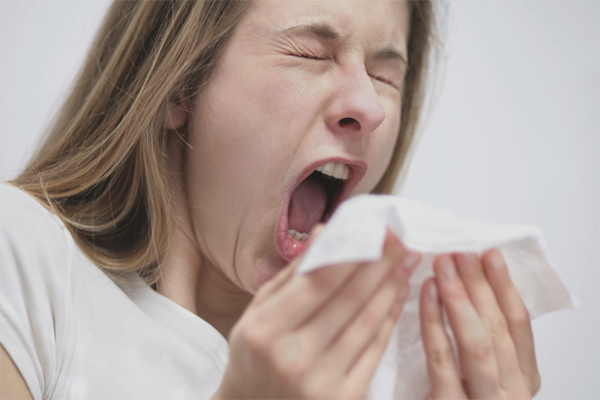



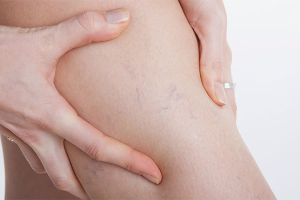
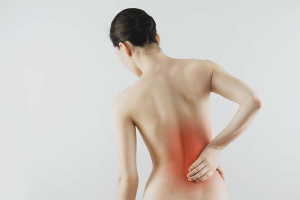

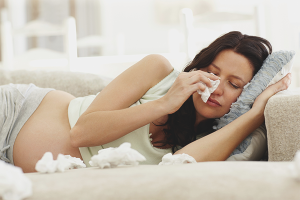

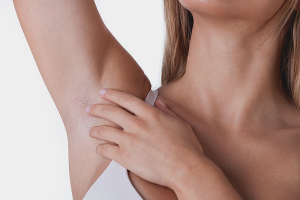
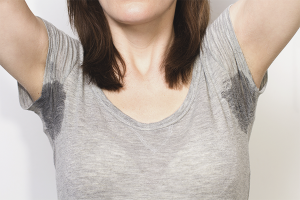
To send